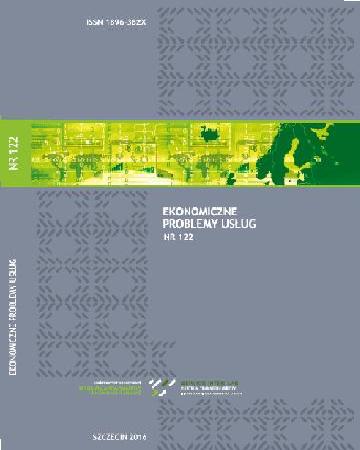
ISSN: 1896-382X
eISSN: 2353-2866
OAI
DOI: 10.18276/epu.2016.123-10



Issue archive /
nr 123 2016
Knowledge management in strategic alliances
| Authors: |
Włodzimierz
Rudny
Uniwersytet Ekonomiczny w Katowicach |
| Keywords: | knowledge management absorptive capacity strategic alliances |
| Data publikacji całości: | 2016 |
| Page range: | 7 (101-107) |
Abstract
Knowledge is one of the key resources in business development. Framework for the analysis of the knowledge management system may be built around the concepts of: properties of units, properties of relationships between units, and properties of knowledge. Effective knowledge management results from providing individuals with the opportunity to create, retain, and transfer knowledge. Interfirm learning in strategic alliances offers the potential to build competitive advantage. The two essential practices are: knowledge acquisition and knowledge creation. Intellectual capital and the knowledge are at the center of biotechnology firms. To exploit these resources it is necessary to be involved in various types of networks to diffuse and assimilate knowledge.
Download file
Article file
Bibliography
| 1. | Adler P. (2001), Market, hierarchy, and trust: The knowledge economy and the future of capitalism, “Organization Science”, 12 (2), 215–234. |
| 2. | Argote L., McEgilvy E., Reagans R. (2003), Managing knowledge in organizations: An integrative framework and review of emerging themes, “Management Science”, 49 (4), 571–582. |
| 3. | Baeyens K., Vanacker T. (2006), Venture capitalists’ selection process: the case of biotechnology proposals, “International Journal of Technology Management”, 34(1–2), 28–46. |
| 4. | Benkler Y. (2006), The wealth of networks: How social production transforms markets and freedom, New Haven, CT: Yale University Press. |
| 5. | Cohen W.M. and Levinthal D.A. (1990), Absorptive Capacity: A New Perspective on Learning and Innovation, “Administrative Science Quarterly”, 35 (1), 128–152. |
| 6. | Corral de Zubielqui G., Jones J., Statsenko L. (2016), Managing innovation networks for knowledge mobility and appropriability: A complexity perspective, “Entrepreneurial Research Journal”, 6 (1), 75–109. |
| 7. | Felin T., Zenger T., Tomsik J. (2009), The knowledge economy: Emerging organizational forms, missing microfoundations, and key considerations for managing human capital, “Human Resource Management”, 48 (4), 555–570. |
| 8. | Inkpen A. (2000), Learning Through Joint Ventures: A Framework of Knowledge Acquisition, “Journal of Management Studies”, 37 (7), 1019–1044. |
| 9. | Lane P.J., Koka B.R., and Pathak S. (2006), The Reification of Absorptive Capacity: A Critical Review and Rejuvenation of the Construct, “Academy of Management Review”, 31 (4), 833–863. |
| 10. | Lee R.P., Johnson J.L., and Grewal R. (2008), Understanding the Antecedents of Collateral Learning in New Product Alliances, “International Journal of Research in Marketing”, 25 (September), 192–200. |
| 11. | Malhotra A, Gosain S, El Sawy O.A. (2005), Absorptive capacity configurations in supply chains: Gearing for partner-enabled market knowledge creation, “MIS Quarterly” 29 (1), 145–187. |
| 12. | Nadler J., Thompson L., Van Boven L. (2003), Learning negotiation skills: Four models of knowledge creation and transfer, “Management Science”, 49 (4) 529–540. |
| 13. | Nahapiet J., Gratton L., and Rocha H. (2005), Knowledge and relationships: When cooperation is the norm, “ European Management Review”, 2 (2), 3–14. |
| 14. | Standing S., Standing C., Lin C. (2008), A framework for managing knowledge in strategic alliances in the biotechnology sector, “Systems Research and Behavioral Science”, 25, 783-796. |
| 15. | Uzzi B., Lancaster R. (2003), The role of relationships in interfirm knowledge transfer and learning: The case of corporate debt markets, “Management Science”, 49 (4) 383–399. |
| 16. | Zhang H., Shu C., Jiang X., Malter A. (2010), Managing knowledge for innovation: The role of cooperation, competition, and alliance nationality, “Journal of International Marketing”, 18 (4), 74–94. |